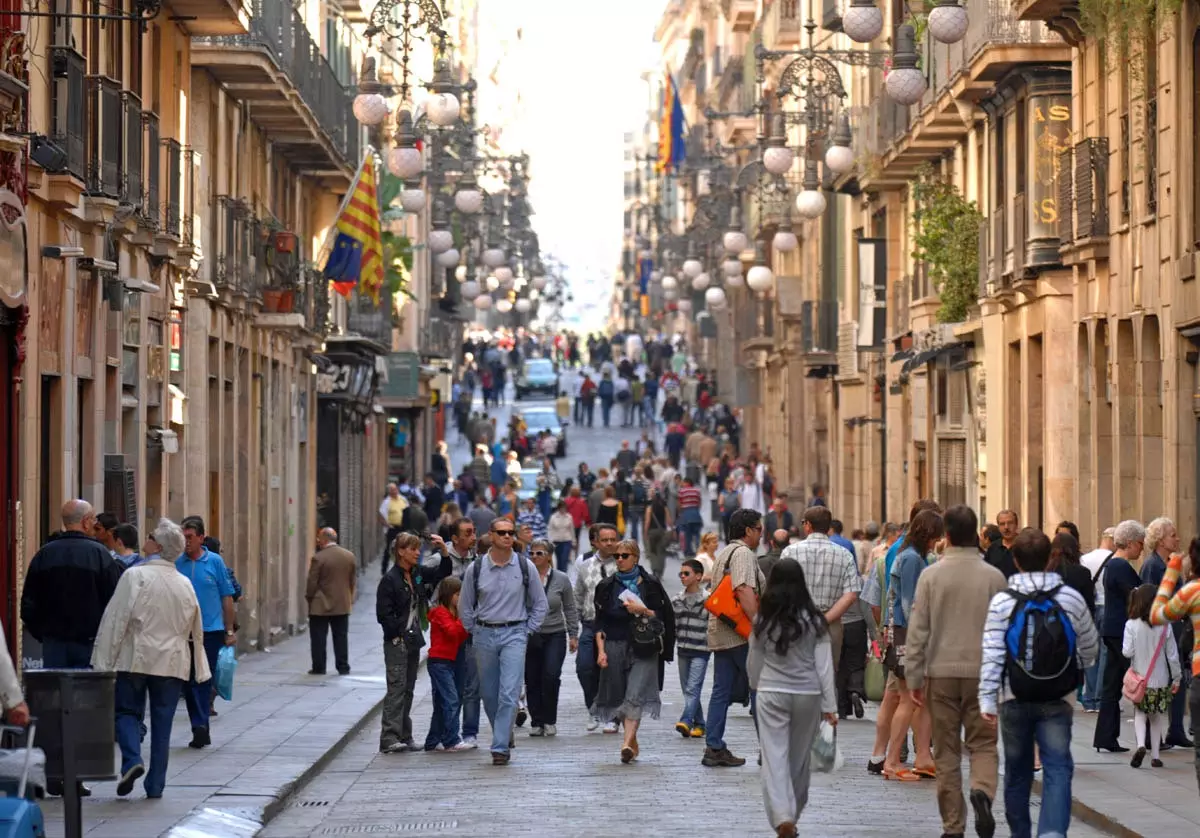
We will know in advance which neighborhoods will increase their standard of living
The research focused on the study of more than half a million tweets from 40,000 London residents over 10 months and that they had been geographically tagged in Foursquare, they explain in the magazine Smithsonian . The starting point was the year 2010. With this they established a network that integrated Foursquare places and Twitter users.
The objective of this analysis was to understand how a place (restaurants, bars…) could attract people from different groups , that is, they did not have shared friendships on social networks. The ability to unite groups of friends or strangers is called diversity.
They then combined this diversity variable with data on the level of deprivation who lives, in this case, the neighborhood in which the place was located. This information, provided every five years by the UK government, includes statistics on house prices or the level of health and education of residents. The researchers compared the 2010 rates with those of 2015 to establish the evolution of the analyzed neighborhoods.
In this way, they concluded that the neighborhoods where greater deficiencies were registered and at the same time the greater diversity they were the ones that experienced the greatest improvements over the years. It was the case of hackney neighborhood, a traditionally poor area of East London, where the highest increases in house prices were recorded.
The team is now working on the creation of an App that can analyze data from social networks faster and automatically to be able to see in real time how neighborhoods are changing and, with this data, make predictions and plans for the future.
